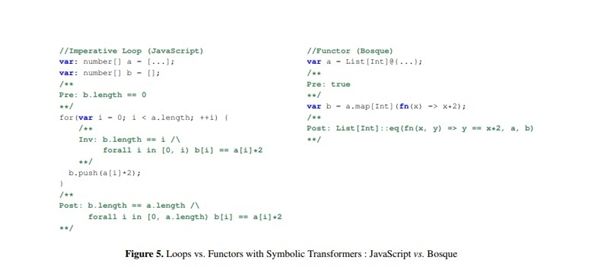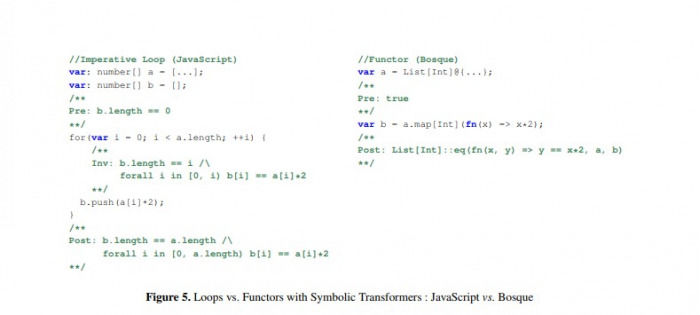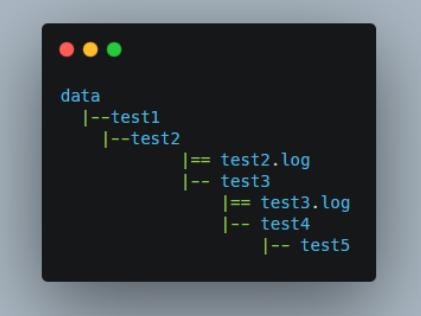python语法print中的f-string怎么使用
 发布于2023-05-03 阅读(0)
发布于2023-05-03 阅读(0)
扫一扫,手机访问
f-string 字符串格式化语法
f-string 是 Python 3.6 版本引入的一种新的字符串格式化语法。与其他字符串格式化方法相比,f-string 更加直观和易用,可以使代码更简洁易懂。下面是关于 f-string 的详细说明:
基本使用
在 f-string 中,可以在字符串前添加一个 f 或 F 来指定其为一个 f-string。在花括号({})中,可以输入变量名、表达式等,f-string 会自动将其转换为对应的值。
name = 'John'
age = 25
print(f'My name is {name}, and I am {age} years old.')
# 输出:My name is John, and I am 25 years old.调用函数
也可以在花括号中调用函数或方法,并将其结果作为值输出。
def double(x):
return x * 2
x = 5
print(f'{x} doubled is {double(x)}')
# 输出:5 doubled is 10格式化数字
在花括号中,还可以使用格式化语法来输出指定精度的数字。
price = 19.99
print(f'The price is ${price:.2f}')
# 输出:The price is $19.99引用对象属性
f-string 还支持在花括号中引用对象属性和方法。
class Person:
def __init__(self, name, age):
self.name = name
self.age = age
def get_info(self):
return f'{self.name} is {self.age} years old.'
person = Person('John', 25)
print(f'{person.get_info()}')
# 输出:John is 25 years old.使用表达式
在花括号中可以使用任意 Python 表达式,f-string 会计算表达式并将其结果作为值输出。
x = 42
print(f'{x + 1} is the answer!')
# 输出:43 is the answer!格式化字典
在字典中使用 f-string 可以通过花括号内的键名引用相应的值。
person = {'name': 'John', 'age': 25}
print(f"My name is {person['name']}, and I am {person['age']} years old.")
# 输出:My name is John, and I am 25 years old.对齐文本
在 f-string 中,可以使用和 format() 函数一样的对齐方式。
text = 'Hello'
print(f'{text:>10}') # 右对齐输出,总宽度为10
# 输出: Hello总之,f-string 是一种非常方便且易用的字符串格式化方式,可以极大地提高代码的可读性和可维护性。
本文转载于:https://www.yisu.com/zixun/775924.html 如有侵犯,请联系admin@zhengruan.com删除
产品推荐
-

售后无忧
立即购买>- DAEMON Tools Lite 10【序列号终身授权 + 中文版 + Win】
-
¥150.00
office旗舰店
-

售后无忧
立即购买>- DAEMON Tools Ultra 5【序列号终身授权 + 中文版 + Win】
-
¥198.00
office旗舰店
-

售后无忧
立即购买>- DAEMON Tools Pro 8【序列号终身授权 + 中文版 + Win】
-
¥189.00
office旗舰店
-

售后无忧
立即购买>- CorelDRAW X8 简体中文【标准版 + Win】
-
¥1788.00
office旗舰店
-
正版软件
- Golang:能否在编程领域中开辟新局面?
- Golang:编程世界的新宠儿能否突破常规?近年来,随着云计算和大数据技术的快速发展,编程语言领域也涌现出了许多新的技术和工具。其中,Golang(Go语言)作为一门由Google开发的静态语言,以其高效的并发性能和简洁的语法风格逐渐受到程序员们的青睐。那么,这个编程世界的新宠儿能否突破常规,成为继Java、Python之后的下一个主流编程语言呢?接下来我们
- 8分钟前 编程 Golang 突破 0
-
正版软件
- Golang框架大比拼:最适合选择困难者的优选!
- 最强Golang框架盘点:选择恐惧症患者的福音!近年来,随着Golang在软件开发领域的普及,各种优秀的Golang框架也如雨后春笋般涌现。但对于选择恐惧症患者来说,面对众多的框架选择,往往会感到困惑和不知所措。本文旨在为选择恐惧症患者们盘点一些最强的Golang框架,帮助他们更好地选择适合自己项目的框架。一、Gin框架[Gin](https://githu
- 18分钟前 框架 Golang 选择 0
-
正版软件
- Golang开发者的远程办公技巧
- 在2020年开始的全球性大流行病给我们的生活带来了巨大的改变,其中之一就是远程办公的普及。远程办公不仅改变了工作方式,也在很大程度上改变了人们对于工作和生活的看法。对于Golang开发者来说,远程办公可能会带来一些挑战,但同时也为他们提供了更灵活、便利的工作机会。那么,作为Golang开发者,如何才能更好地适应远程办公呢?首先,作为Golang开发者,要保持
- 33分钟前 开发者 Golang 远程办公 0
-
正版软件
- PHP教程:如何将JSON中的Unicode编码转换为中文
- JSON(JavaScriptObjectNotation)是一种轻量级的数据交换格式,通常用于Web应用程序之间的数据交换。在处理JSON数据时,我们经常会遇到Unicode编码的中文字符(例如"u4e2du6587"),需要将其转换为可读的中文字符。在PHP中,我们可以通过一些简单的方法来实现这个转换。接下来,我们将详细介绍如何将JSONUnico
- 48分钟前 中文 JSON unicode 0
-
正版软件
- 常用的前端工具在Golang开发中有哪些?
- Golang是一种强大的编程语言,被广泛应用于后端开发。然而,在实际项目中,前端开发也是不可或缺的一部分。为了更高效地开发整个应用程序,Golang开发者需要熟悉一些常用的前端工具。本文将介绍一些常用的前端工具,并提供具体的代码示例。一、Golang前端工具介绍Gin框架Gin是一个快速和简单的HTTPweb框架,适用于构建高性能的Web应用程序。它提供了
- 1小时前 04:45 开发 Golang 前端工具 0
最新发布
-
 1
1
-
 2
2
-
3
- Vue组件中如何处理图片预览和缩放问题
- 459天前
-
 4
4
-
 5
5
-
 6
6
- Python实战教程:批量转换多种音乐格式
- 631天前
-
7
- WebSocket协议的优势与劣势分析
- 461天前
-
8
- java动态代理实例代码分析
- 631天前
-
 9
9
- java io文件操作删除文件或文件夹的方法
- 628天前
相关推荐
热门关注
-

- Xshell 6 简体中文
- ¥899.00-¥1149.00
-

- DaVinci Resolve Studio 16 简体中文
- ¥2550.00-¥2550.00
-

- Camtasia 2019 简体中文
- ¥689.00-¥689.00
-

- Luminar 3 简体中文
- ¥288.00-¥288.00
-

- Apowersoft 录屏王 简体中文
- ¥129.00-¥339.00